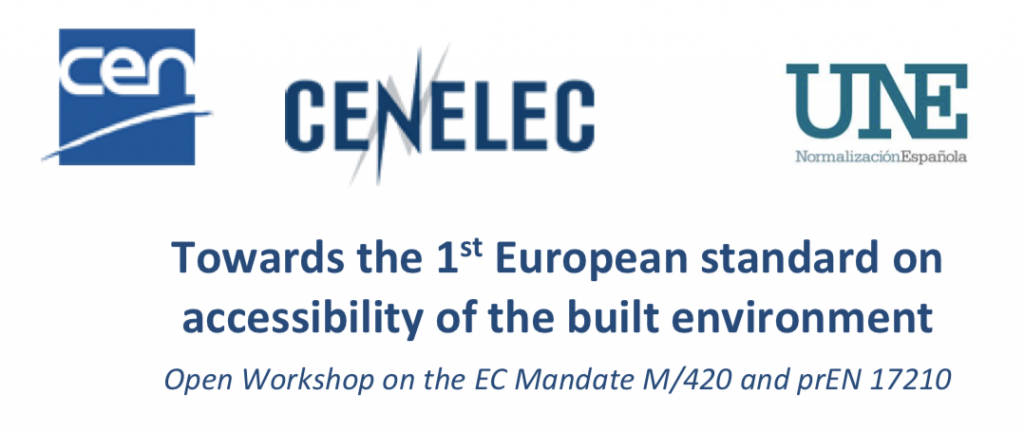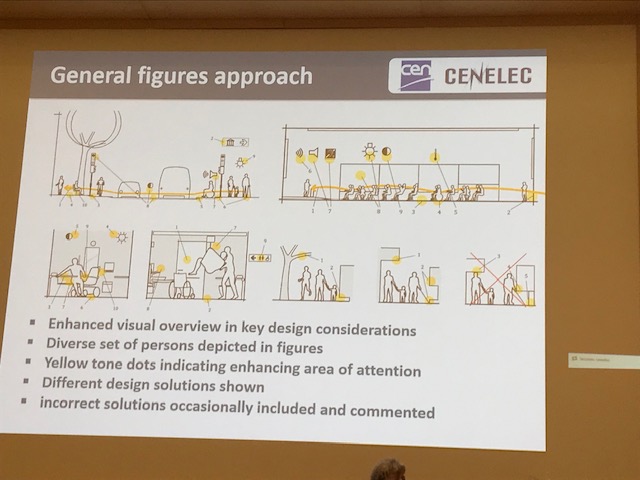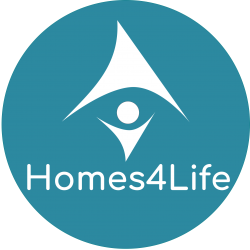Homes4Life partners EUROCARERS (Nadia KAMEL) and ECTP (Alexis DAVID) attended the Open Workshop | Mandate M/420 and prEN 17210, on June 5th, Brussels.

Views from selected stakeholders were presented such as the European Disability Forum, the European Consumer Voice in Standardisation, International Union of Architects and the European Network for Accessible Tourism etc.
PrEN 17210 is a voluntary European standard that provides functional requirements and recommendations for an accessible and usable built environment – following a design for all approach, including persons with disabilities.
Legislators can choose to make reference to a standardisation document or to part of it (e.g. in regulations). The European standard is a stand-alone document with only functional requirements. In parallel countries can choose to follow Technical Report 1 – which provides more detailed technical specification.
The process for standardisation is a lengthy one. This particular standard saw the participation from 34 countries and active participation from national standardisation bodies from AT, BE, DK, FR , DE, IE, IT, NO, ES, SE, CH, UK. In terms of getting this standard officially approved and adopted, there is between 18 April 2019 to 11 July 2019 an ongoing enquiry vote i.e. National vote via CEN and Cenelec members
The standard can be used:
- as a criterion for awarding public contracts
- To assist public procurers, architects, engineers, facility managers, ergonomists in their work
- To specify design and assess conformity using a common framework and language ensuring accessibility for all
- For accessibility building legislation
Is based to a great extent on ISO 21542 and where not sufficient supplemented with references to other standards
- Formulated with qualitative terms and describing objectives which have to be reached “protection goals” Pr EN 17210 has a different approach to many national standards on accessibility and usability with no technical specifications or measurements. It is innovative in that it uses figures (see picture below) to support better understanding about functionality – e.g show different solutions e.g handrails
- Based on the diversity of a wide range of users
- In this way not intended to conflict with national accessibility standards


